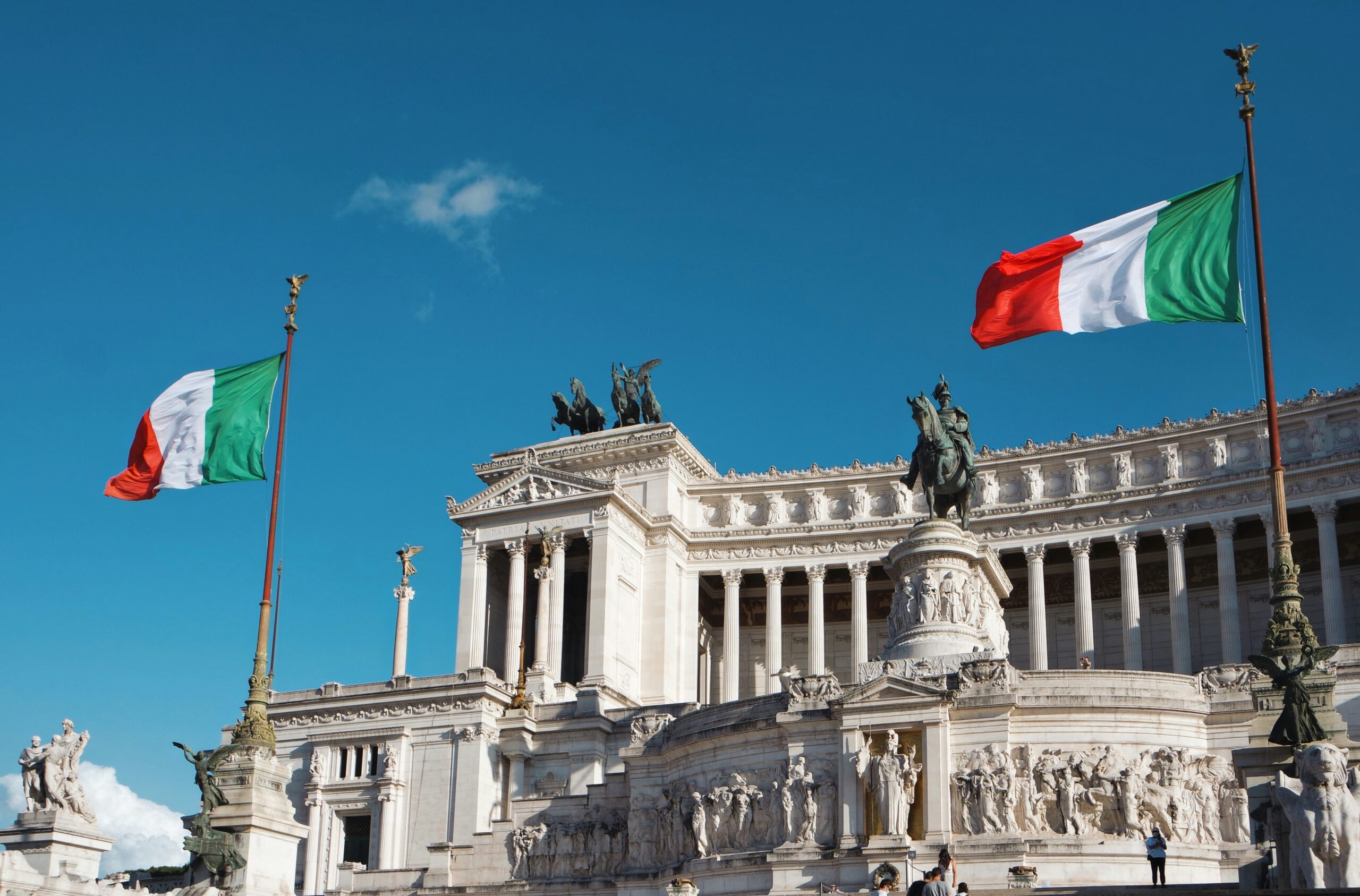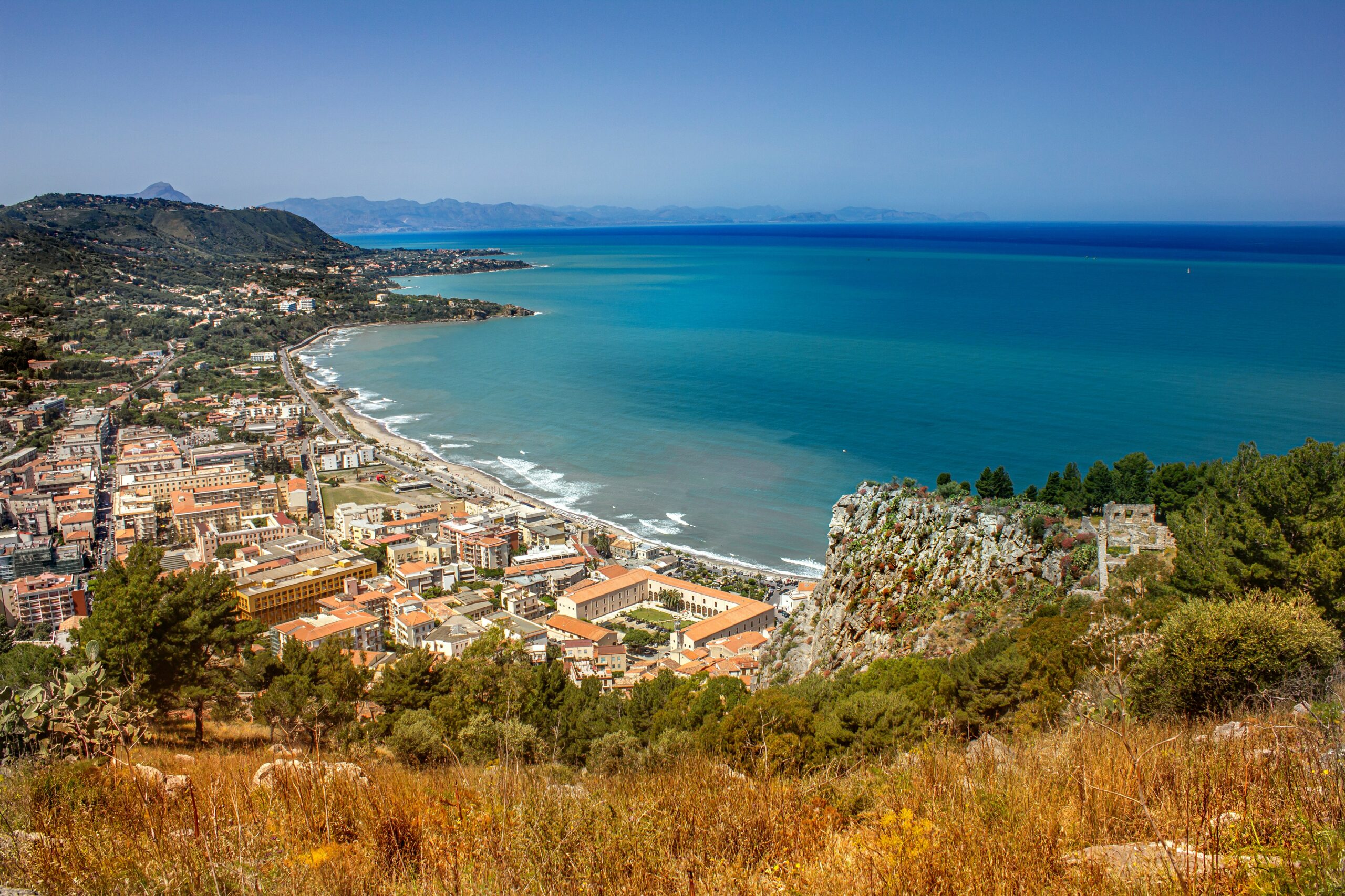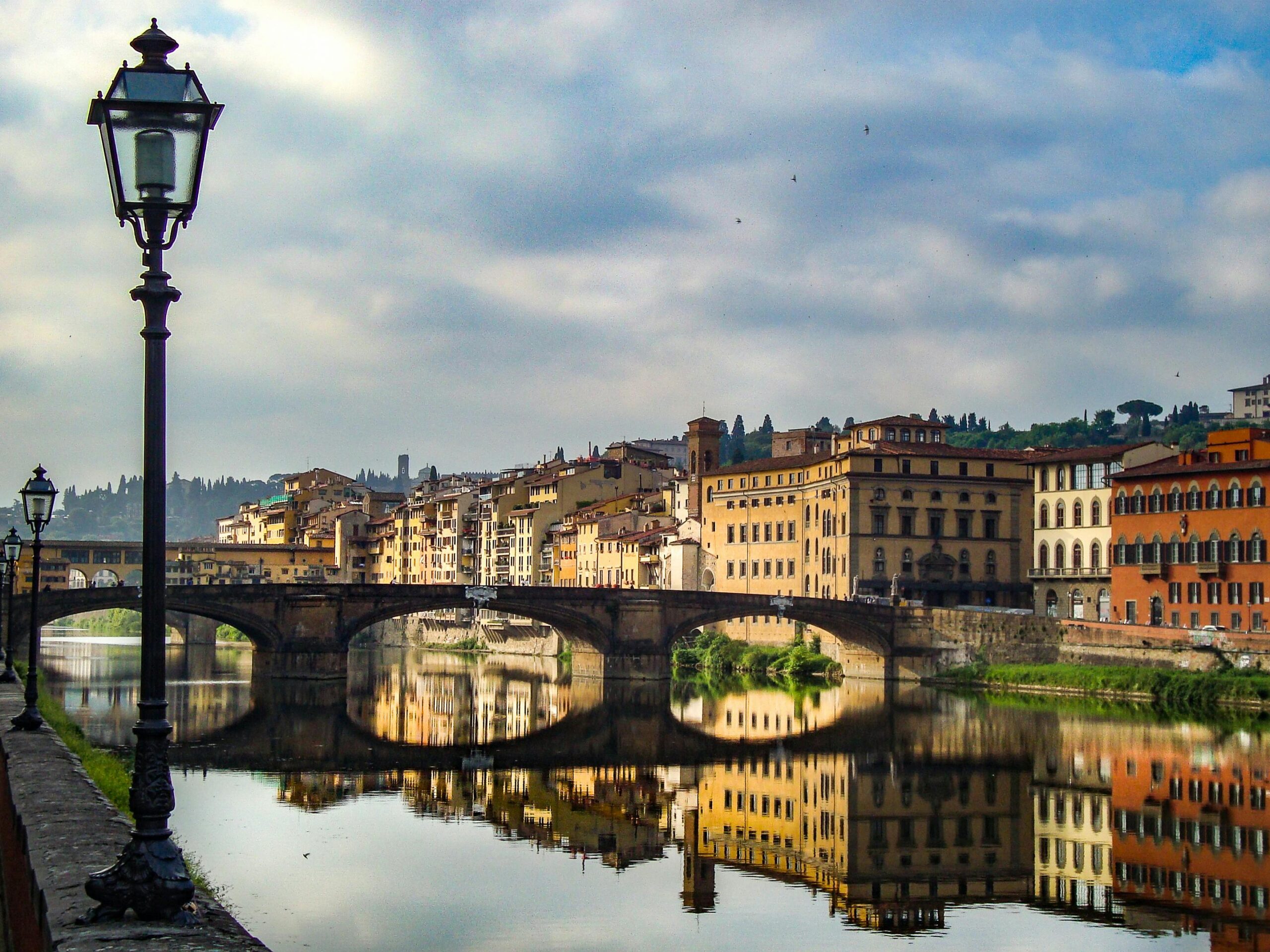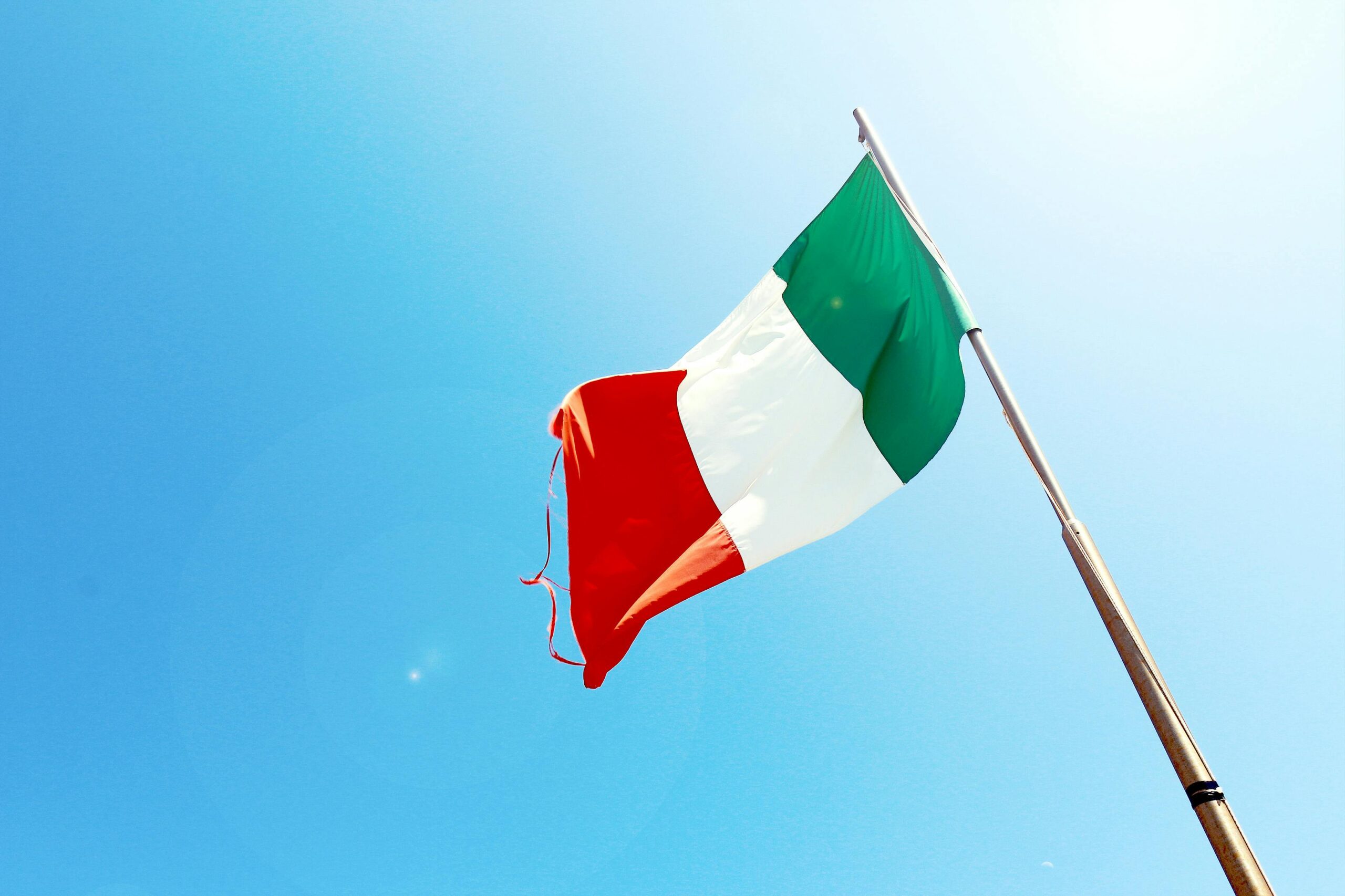Exploring Italy’s Regional Economies|A Mosaic of Growth and Diversity Should Know
Exploring Italy’s Regional Economies: A Mosaic of Growth and Diversity
Italy, a country celebrated for its rich history, breathtaking landscapes, and unparalleled cultural heritage, also boasts a remarkably diverse economic landscape. Each of Italy’s 20 regions contributes uniquely to the nation’s economy, reflecting a blend of historical legacies, natural resources, and modern industrial advancements. This blog delves into the economic dynamics of Italy’s regions, highlighting key industries, challenges, and opportunities that shape their growth.
The North-South Economic Divide: An Overview
Italy’s economy is often characterized by a pronounced divide between the more industrialized and prosperous northern regions and the agriculturally oriented southern regions. This economic disparity has historical roots, dating back to Italy’s unification in the 19th century, and continues to influence policy-making and development efforts.
- Northern Italy: Dominated by industrial powerhouses such as Lombardy, Veneto, and Emilia-Romagna, the north accounts for a significant share of Italy’s GDP. These regions are hubs for manufacturing, finance, and export-driven industries.
- Southern Italy: Known as the “Mezzogiorno,” the south faces challenges such as higher unemployment rates, infrastructure deficits, and a reliance on agriculture and tourism. Regions like Sicily, Calabria, and Campania are working to diversify their economies and attract investment.
Northern Italy: The Industrial Engine
1. Lombardy:
- Economic Overview: As Italy’s wealthiest region, Lombardy contributes around 22% of the national GDP. Milan, the region’s capital, is a global financial hub and a center for fashion and design.
- Key Industries: Finance, manufacturing (especially machinery and chemicals), technology, and luxury goods.
- Opportunities: The region’s robust infrastructure and innovation ecosystem make it an attractive destination for startups and multinational corporations.
2. Veneto:
- Economic Overview: Veneto thrives on a mix of traditional and modern industries. It is a leading exporter, particularly in sectors like eyewear and textiles.
- Key Industries: Tourism (Venice is iconic), wine production, and precision engineering.
- Opportunities: Continued investment in sustainable tourism and green technologies could enhance its global appeal.
3. Emilia-Romagna:
- Economic Overview: Known as Italy’s “Food Valley,” Emilia-Romagna is a global leader in agri-food production.
- Key Industries: Automotive (Ferrari and Lamborghini are headquartered here), food processing, and robotics.
- Opportunities: Leveraging its strong research institutions can further advance its leadership in automation and artificial intelligence.
Central Italy: A Blend of Tradition and Modernity
1. Tuscany:
- Economic Overview: Tuscany is synonymous with art, culture, and high-quality agriculture.
- Key Industries: Tourism, wine production (Chianti), and luxury leather goods.
- Opportunities: Expanding its niche in artisanal goods and eco-tourism can boost its economic sustainability.
2. Lazio:
- Economic Overview: Home to Rome, Lazio’s economy benefits from government services, tourism, and a growing tech sector.
- Key Industries: Public administration, creative industries, and aerospace.
- Opportunities: Enhancing infrastructure and fostering innovation hubs could diversify the region’s economic base.
Southern Italy: Untapped Potential
1. Campania:
- Economic Overview: Naples, Campania’s capital, is a cultural and historical treasure. The region also has a significant agricultural base.
- Key Industries: Tourism, food production (notably mozzarella and pasta), and maritime activities.
- Opportunities: Investing in logistics and renewable energy could unlock new growth avenues.
2. Sicily:
- Economic Overview: Sicily’s economy relies on agriculture, fishing, and tourism. Despite its natural beauty and resources, the region faces economic challenges.
- Key Industries: Citrus production, wine, and tourism.
- Opportunities: Developing its infrastructure and fostering partnerships with European markets can spur economic revival.
3. Puglia:
- Economic Overview: Known for its olive oil production, Puglia also has a growing renewable energy sector.
- Key Industries: Agriculture, energy, and tourism.
- Opportunities: Promoting agri-tech innovations and enhancing its coastal tourism potential could transform its economy.
Key Challenges Across Regions
While Italy’s regional economies are diverse, they share common challenges that require coordinated efforts:
- Infrastructure Gaps: Disparities in transport and digital infrastructure hinder connectivity, particularly in southern regions.
- Youth Unemployment: High unemployment rates, especially in the south, contribute to brain drain and economic stagnation.
- Environmental Sustainability: Balancing economic growth with the preservation of Italy’s natural and cultural heritage is critical.
Future Prospects: A Path Toward Balanced Growth
- Leveraging EU Funding: Italy’s regions can utilize funds from the European Union’s cohesion policies to address structural imbalances and promote innovation.
- Digital Transformation: Encouraging digital adoption across industries can boost productivity and global competitiveness.
- Sustainability Initiatives: Investing in renewable energy, sustainable agriculture, and eco-tourism can ensure long-term resilience.
- Education and Workforce Development: Enhancing education and vocational training programs can equip Italy’s workforce with skills aligned to modern industry needs.
Summary & Insights
Italy’s regional economies present a fascinating tapestry of opportunities and challenges. From the industrial might of Lombardy to the cultural richness of Sicily, each region contributes uniquely to the nation’s identity and economic vitality. Bridging the north-south divide and fostering sustainable growth will require collaboration between government, industry, and communities. As Italy continues to evolve, its regions hold the key to unlocking a brighter, more inclusive future.
By focusing on regional strengths, addressing shared challenges, and embracing innovation, Italy can harness its economic diversity to thrive in an increasingly globalized world. Whether you’re a student, professional, or enthusiast, understanding these dynamics offers valuable insights into one of Europe’s most captivating economies.
















